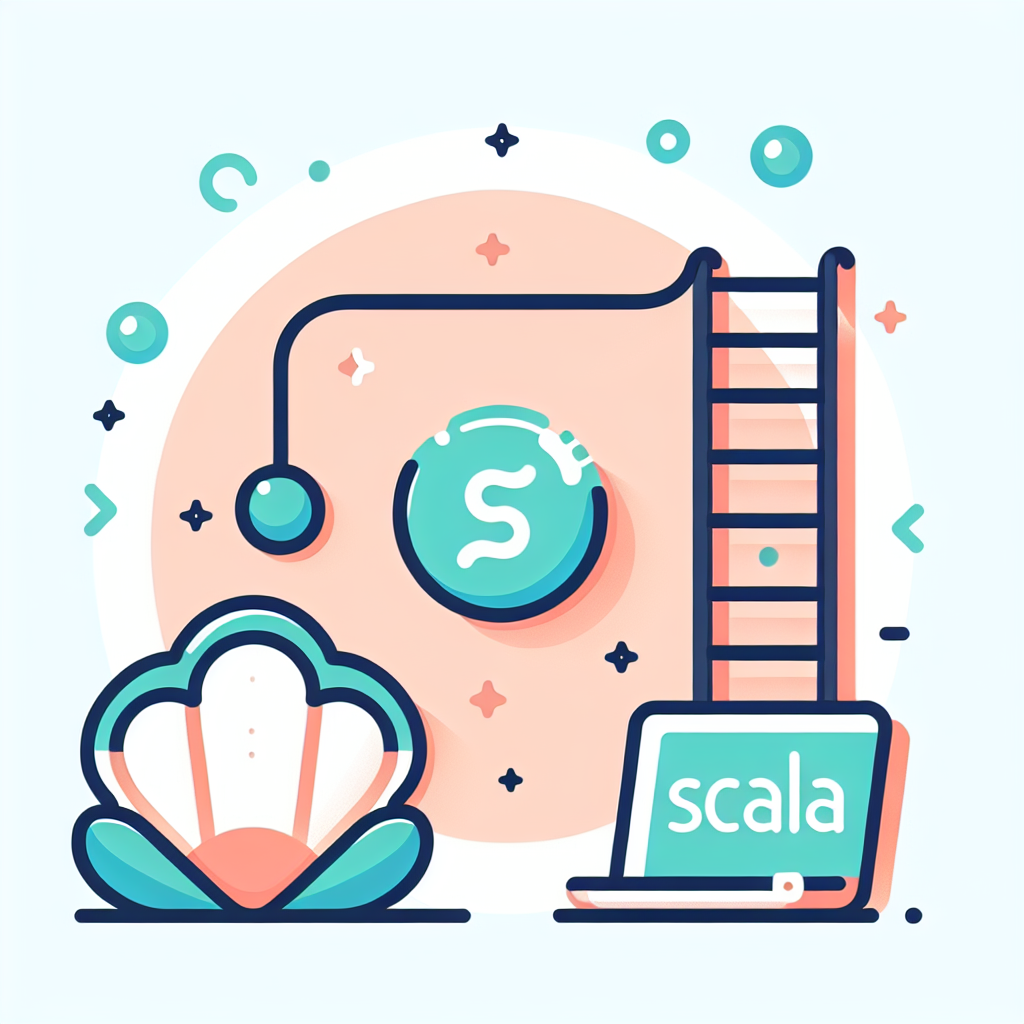Convert Perl to Scala: Seamless Code Translation Tool
Effortlessly convert Perl to Scala with our cutting-edge tool. Boost your coding efficiency and streamline development. Try it now for seamless code transformation!
Source Code
Converted Code
Output will appear here...
The Perl to Scala conversion tool streamlines the process of translating Perl scripts into Scala code, enhancing efficiency and scalability. Perfect for developers transitioning to modern programming paradigms, this tool ensures seamless code migration with minimal manual intervention. Benefit from improved performance and maintainability while leveraging Scalas robust ecosystem.

Perl to Scala Conversion Tool Link to this section #
Transitioning codebases from Perl to Scala can be a complex task, but with our Perl to Scala conversion tool, the process becomes streamlined and efficient. This tool is designed for developers looking to modernize their applications, leveraging Scala's functional programming capabilities and strong type system.
Key Features: Link to this section #
- Automated Syntax Translation: Converts Perl's scripting syntax into Scala's robust, concise code structure.
- Scalability Focused: Optimizes your code to take full advantage of Scala's scalability, especially in distributed systems.
- Error Handling and Type Safety: Transforms Perl's dynamic typing into Scala's static type system, reducing runtime errors.
Benefits: Link to this section #
- Improved Performance: Scala offers better performance for high-load applications compared to Perl.
- Enhanced Readability: Clean and maintainable code with Scala's expressive syntax.
- Functional Programming: Take advantage of Scala's functional paradigm for more predictable and reusable code.
Example Conversion: Link to this section #
Perl Code:
my $sum = 0;
foreach my $num (1..10) {
$sum += $num;
}
print "The sum is $sum\n";
Converted Scala Code:
val sum = (1 to 10).sum
println(s"The sum is $sum")
Why Migrate? Link to this section #
- Community and Ecosystem: Scala's growing community and its integration with the JVM provide a robust ecosystem.
- Interoperability: Scala's seamless interoperability with Java makes it a versatile choice for various applications.
For more detailed insights on migrating from Perl to Scala, consider exploring resources like Scala Documentation and Perl to Scala Migration Guide.
By utilizing our Perl to Scala tool, you can ensure a smoother transition, enhancing your application's performance and maintainability.
Frequently Asked Questions
What are the main differences between Perl and Scala?
Perl is a high-level, general-purpose, interpreted language known for its text processing capabilities, whereas Scala is a statically-typed, object-oriented and functional programming language that runs on the Java Virtual Machine (JVM). Scala supports both functional and object-oriented paradigms, offering advanced features like immutability, pattern matching, and higher-order functions, while Perl is more focused on scripting and quick task automation.
Why should I consider migrating from Perl to Scala?
Migrating from Perl to Scala can be beneficial if you need better scalability, type safety, and the ability to leverage modern programming paradigms such as functional programming. Scala's interoperability with Java and its powerful concurrency model make it an attractive choice for building complex, large-scale systems. Additionally, Scala’s compatibility with the JVM ecosystem allows access to a vast array of libraries and tools.
What challenges might I face when transitioning code from Perl to Scala?
Transitioning from Perl to Scala may present challenges such as adapting to Scala's strong and static typing system, understanding its functional programming concepts, and dealing with differences in syntax and semantics. Additionally, developers need to familiarize themselves with the Scala ecosystem, including its build tools and libraries. Ensuring compatibility and performance optimization during migration can also be challenging.